What Is a Mechanical Pencil?
Mechanical pencils have long been a staple in technical drawing and drafting, but they’ve also carved out a respected place in the world of fine art. In this guide, we’ll explore mechanical pencils in art—what they are, how they differ from traditional pencils, and why so many artists rely on them for precision, consistency, and creative control. Whether you’re sketching, shading, or rendering detailed illustrations, mechanical pencils offer a unique set of advantages that can elevate your work.
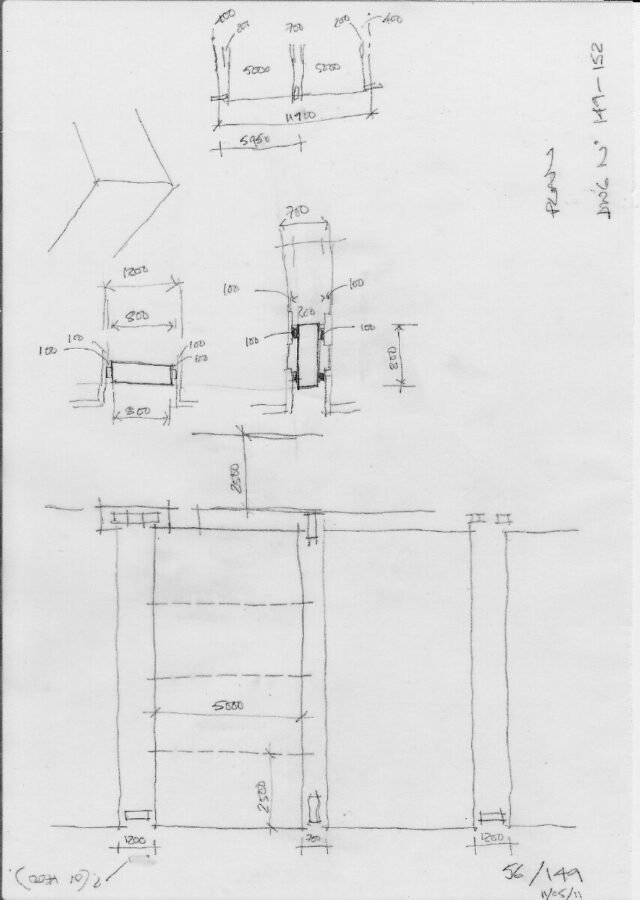
credit: ARCHIBLOG
A mechanical pencil is a reusable drawing tool that uses thin, replaceable graphite or colored leads. Unlike wooden pencils, mechanical pencils don’t require sharpening. Instead, the lead is advanced through a push-button or twist mechanism, maintaining a consistent point throughout use.
They come in various lead sizes (e.g., 0.3mm, 0.5mm, 0.7mm, 0.9mm) and hardness grades (from 6H to 6B), allowing artists to tailor their tools to specific techniques and preferences.
Why Artists Use Mechanical Pencils
Consistent Line Width
Mechanical pencils produce a uniform line, making them ideal for technical drawing, architectural sketches, and detailed illustrations where precision is key.
No Sharpening Interruptions
Artists can maintain their flow without stopping to sharpen. This is especially helpful during live sketching sessions or when working on location.
Interchangeable Leads
Mechanical pencils allow for quick switching between lead grades. You can go from a hard 2H for fine outlines to a soft 4B for shading—all without changing tools.
Clean and Portable
With no wood shavings or messy sharpeners, mechanical pencils are ideal for travel sketchbooks and studio work alike. They’re compact, clean, and easy to store.
Sketchbooks.org | VISUAL RESEARCH HUB
Mechanical Pencil Sketch Examples
Visual research is critical for any creative endeavor. We have compiled specialized links to lead you directly to images, videos, and inspiration for "Mechanical Pencil Sketch Examples" across the web's best visual search platforms.
Types of Mechanical Pencils for Artists
Drafting Pencils
Designed for precision, drafting pencils often feature knurled metal grips, fixed lead sleeves, and balanced weight. They’re ideal for technical drawing and fine detail work.
Best for: Architects, illustrators, and anyone needing ultra-fine control.
General-Purpose Mechanical Pencils
These are more ergonomic and often come with retractable tips and cushioned grips. They’re great for everyday sketching and note-taking.
Best for: Casual sketchers, students, and mixed-use creatives.
Clutch Pencils (Lead Holders)
Clutch pencils use thicker leads (typically 2mm) and are favored for expressive sketching and shading. They combine the feel of a traditional pencil with the convenience of a mechanical one.
Best for: Artists who want a traditional feel with modern functionality.
Choosing the Right Lead for Your Art
Graphite Lead Hardness
Lead hardness affects the tone and texture of your drawing:
- H to 6H: Hard leads for fine lines and technical work
- HB to B: Medium leads for general sketching
- 2B to 6B: Soft leads for rich shading and expressive strokes
Lead Diameter
- 0.3mm: Ultra-fine detail
- 0.5mm: Standard for general drawing
- 0.7mm: Slightly bolder lines
- 0.9mm and 2mm: Ideal for shading and expressive work
Colored Leads: Expanding Creative Possibilities
Mechanical pencils aren’t limited to graphite. Colored leads are available in a variety of hues—red, blue, green, violet, and more—offering artists a new layer of flexibility.
Why Use Colored Leads?
- Under-drawings: Light blue or red leads are perfect for sketching layouts before inking. They’re easy to distinguish and often disappear during scanning or editing.
- Color Coding: Designers and illustrators use colored leads to organize ideas or separate layers visually.
- Soft Sketching: Colored leads offer a gentle, expressive alternative to graphite, especially for gesture drawing or warm-up sketches.
Most colored leads come in 0.5mm or 0.7mm sizes and are available in erasable or non-erasable formats depending on the brand.
Techniques You Can Master with Mechanical Pencils
Line Drawing and Outlining
Mechanical pencils excel at clean, crisp lines. Use them for contour drawing, architectural sketches, and comic inking.
Cross-Hatching and Stippling
The consistent point makes it easier to build up tone through cross-hatching or stippling without the need to resharpen.
Shading and Blending
While mechanical pencils aren’t typically associated with soft shading, using softer leads (like 2B or 4B) and blending tools like tortillons or tissue can yield smooth gradients.
Layering and Detailing
Because you can control the pressure and line weight so precisely, mechanical pencils are perfect for layering textures and adding intricate details.
Tips for Using Mechanical Pencils in Your Art Practice
- Use a kneaded eraser to lift graphite or colored lead without smudging
- Keep multiple pencils loaded with different lead grades or colors for efficiency
- Try textured paper to add grip and depth to your lines
- Experiment with pressure to vary tone even with the same lead
- Combine with other media like ink, watercolor, or digital overlays for mixed media effects

Sketchbooks.org | ARTIST MARKETING GUIDE
Protecting your Artwork from Pirates and AI
How to Protect Your Artwork from AI and Search Engines Copyright Registration: Establishing Legal Ownership The first and most essential step in protecting your creative work is to register your copyright. In the United States,...
Frequently Asked Questions
Can mechanical pencils be used for professional art?
Yes, many professional illustrators and designers use them for precision and control.
What lead size is best for drawing?
0.5mm and 0.7mm are versatile for most drawing styles, while 2mm is great for expressive sketching.
Do mechanical pencils smudge like regular pencils?
They can, especially with softer leads, but smudging is manageable with proper technique and paper choice.
Are mechanical pencils good for shading?
Yes, especially when using softer leads and blending tools like stumps or tissue.
What’s the difference between a clutch pencil and a mechanical pencil?
Clutch pencils use thicker leads and feel more like traditional pencils, while mechanical pencils use thinner, auto-advancing leads.
Can I use colored leads in mechanical pencils?
Absolutely—colored leads are great for under-drawings, color coding, and expressive sketching.
How do I prevent lead breakage?
Use the correct lead grade for your pressure style and avoid overextending the lead.
Final Thoughts
Mechanical pencils in art offer a unique blend of precision, convenience, and versatility. Whether you’re sketching on the go, refining architectural plans, or building a detailed illustration, these tools provide consistent performance without the interruptions of sharpening or switching pencils. With the right lead—graphite or colored—mechanical pencils can become a powerful extension of your creative hand.
So next time you reach for a pencil, consider the mechanical kind—it might just change the way you draw.
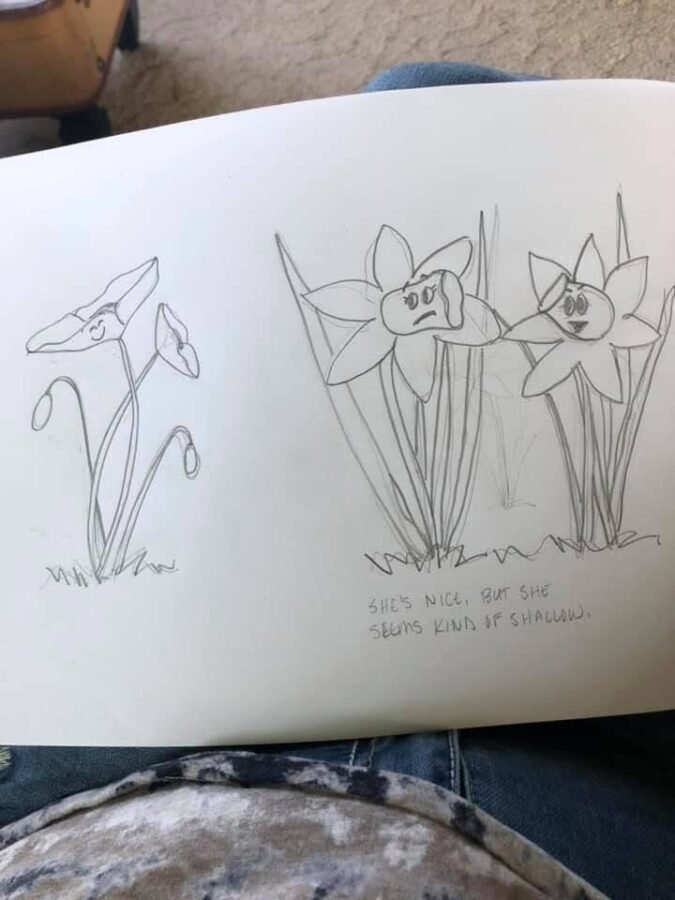
credit: SUBGARDEN
Ready to Share Your Work?
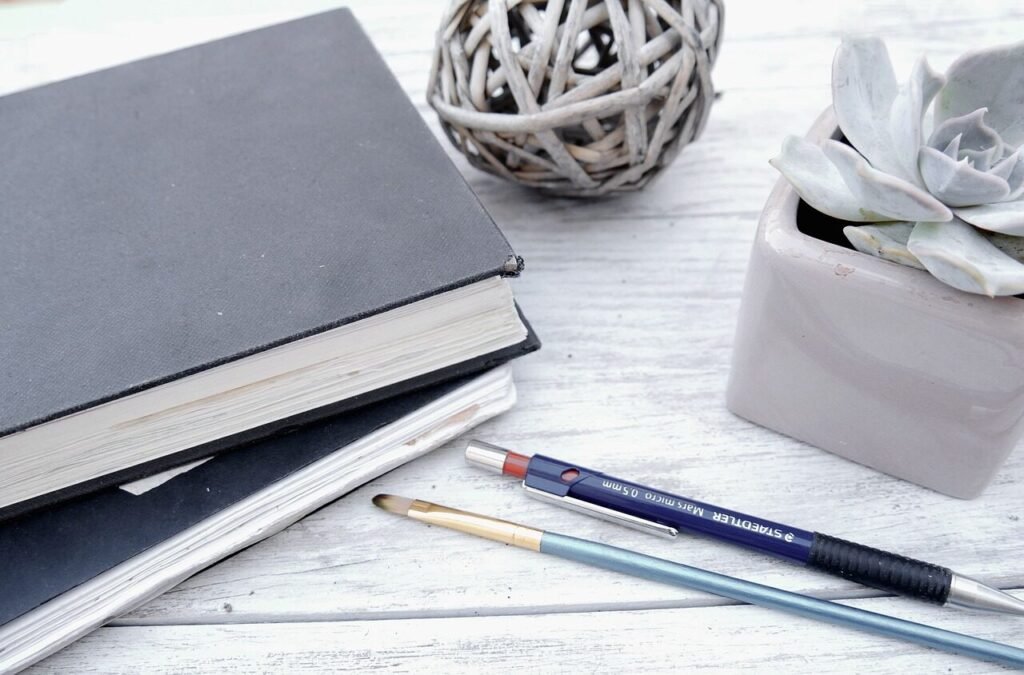


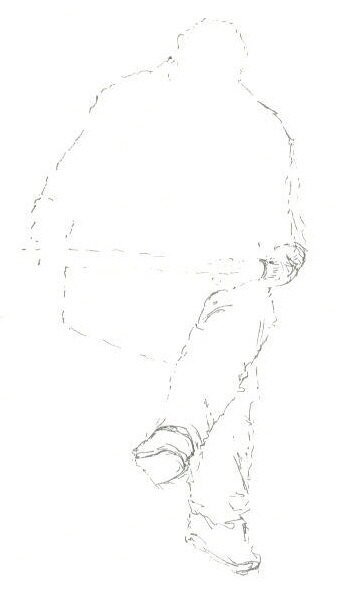
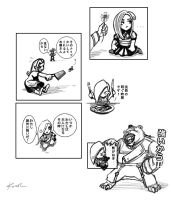

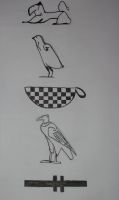
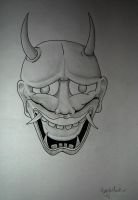
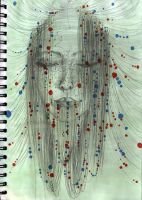



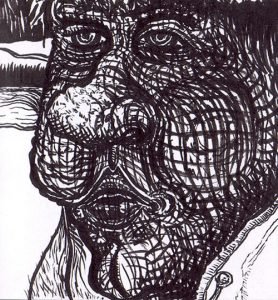
They are just so much cleaner, like having a pen you can blend or erase fairly well.